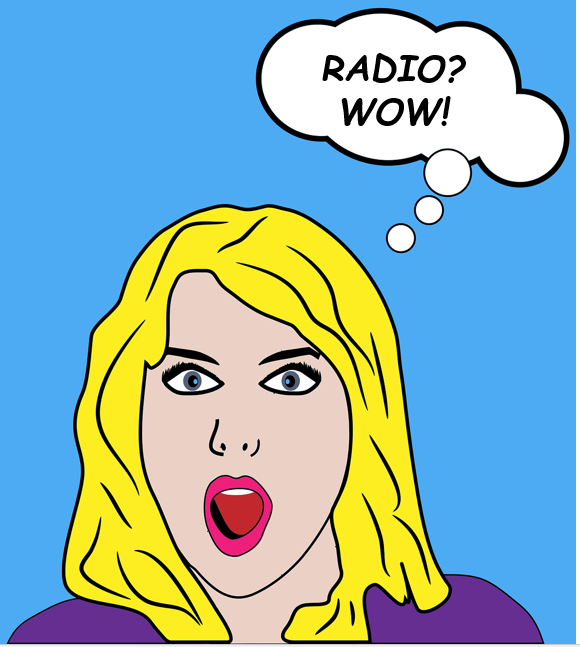
You’ve no doubt heard the phrase, “October Surprise,” an out-of-the-blue event that disrupts a major U.S. election, more often than not, a presidential contest.
The term dates goes back to 1980 and the election between upstart Ronald Reagan versus the incumbent Jimmy Carter. The backstory was the Iran Hostage Crisis where 50 Americans were being held captive at the American Embassy in Tehran.
The Reagan team became convinced the Carter administration had all but locked up negotiations to secure the release of the hostages, but was delaying the announcement until closer to the election – the “October Surprise.”
As it turned out, the Carter team was stymied by the Iranian regime, and Reagan won the election easily. The kicker came hours after Reagan’s inauguration on January 20th when Iran released the hostages.
Since then, many other “October Surprises” have come to pass, not all of them in October. If you recall back in 2016, both candidates – Donald Trump and Hillary Clinton – got slapped with cruel “surprises,” either of which might have impacted the outcome.
On October 7, the (in)famous Access Hollywood video of Trump bragging about his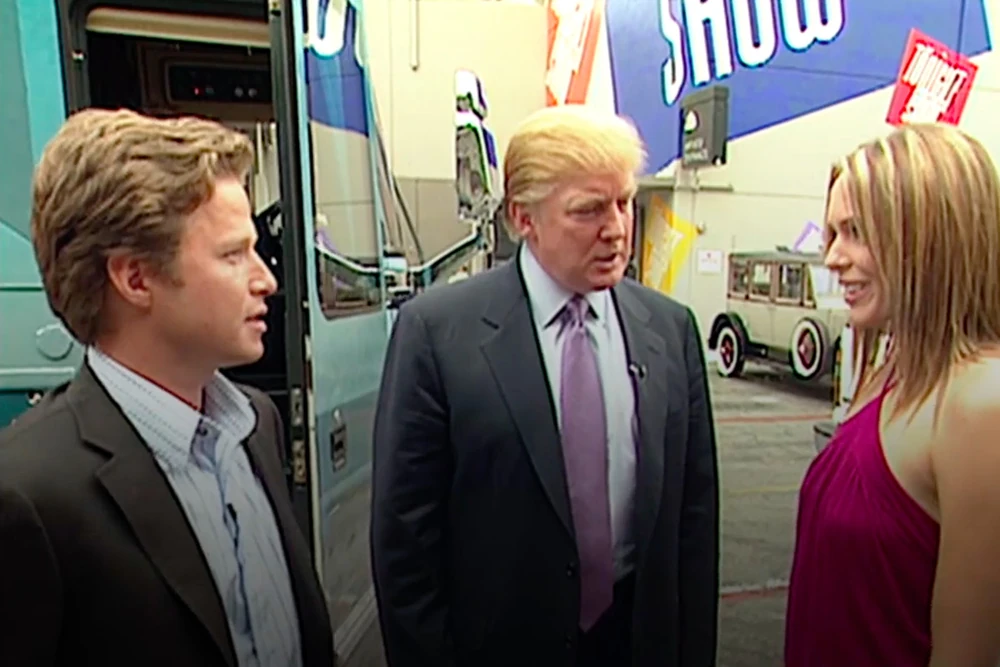 womanizing became public. On the same day, Wikileaks released transcripts of Clinton speeches painting her as pro-corporate. Later the New York Times ran a story that Trump had not paid federal income taxes in nearly two decades.
womanizing became public. On the same day, Wikileaks released transcripts of Clinton speeches painting her as pro-corporate. Later the New York Times ran a story that Trump had not paid federal income taxes in nearly two decades.
And on October 28, FBI director James Comey announced he would reopen the agency’s investigation of Clinton’s email server. And you wonder why it was a hotly contested election.
History.com ran a great story about these “October Surprises” throughout history, a great read that might lead you to conclude we’re still awaiting one of these bombshell announcements or events before the November 5th election.
Actually, it feels like we’ve already had our share of “October Surprises” this year – all occurring well before October but definitely explosive. Joe Biden stepping down in July and passing the torch to Kamala Harris qualifies, as do the assassination attempts on Trump’s life. I’m expecting something else might indeed shake up this amazing race between now and election day.
But what about radio? We’re in the middle of another nothing-to-write-home-about year (and I’m being kind) where for most companies, many stations, and many broadcasters, 2024 hasn’t exactly been a banner year.
And yet, radio has already had its share of “October Surprises,” events, incidents, and happenings that remind us the medium still has vitality and impact. Despite itself at times, radio stations and personalities have generated lots of buzz during just the past few weeks.
Helene and Milton – For the better part of the decade, radio has proved that when the going gets tough, radio gets going. In markets as diverse as Asheville and Tampa, radio station staffs have come together to serve their communities during the most difficult of circumstances. And as we know only too well, many are understaffed and undercapitalized, but still did an amazing job.
And stations from around the country pitched in, too. KS95, more than a thousand miles away, sent its morning show with a full truck of supplies to hard hit areas in North Carolina. Here’s how market manager, Dan Seeman, described the effort in a staff memo:
“KS95’s Crisco and Wes drove 18 hours to North Carolina to deliver a 20 foot U-Haul truck packed to the ceiling with much needed hurricane relief supplies. In less than 24 hours KS95 listeners and sponsors helped pack the truck, which was parked in a Cub Foods parking lot in Maplewood. Crisco and Wes hit the road on Friday afternoon and returned on Sunday night.”
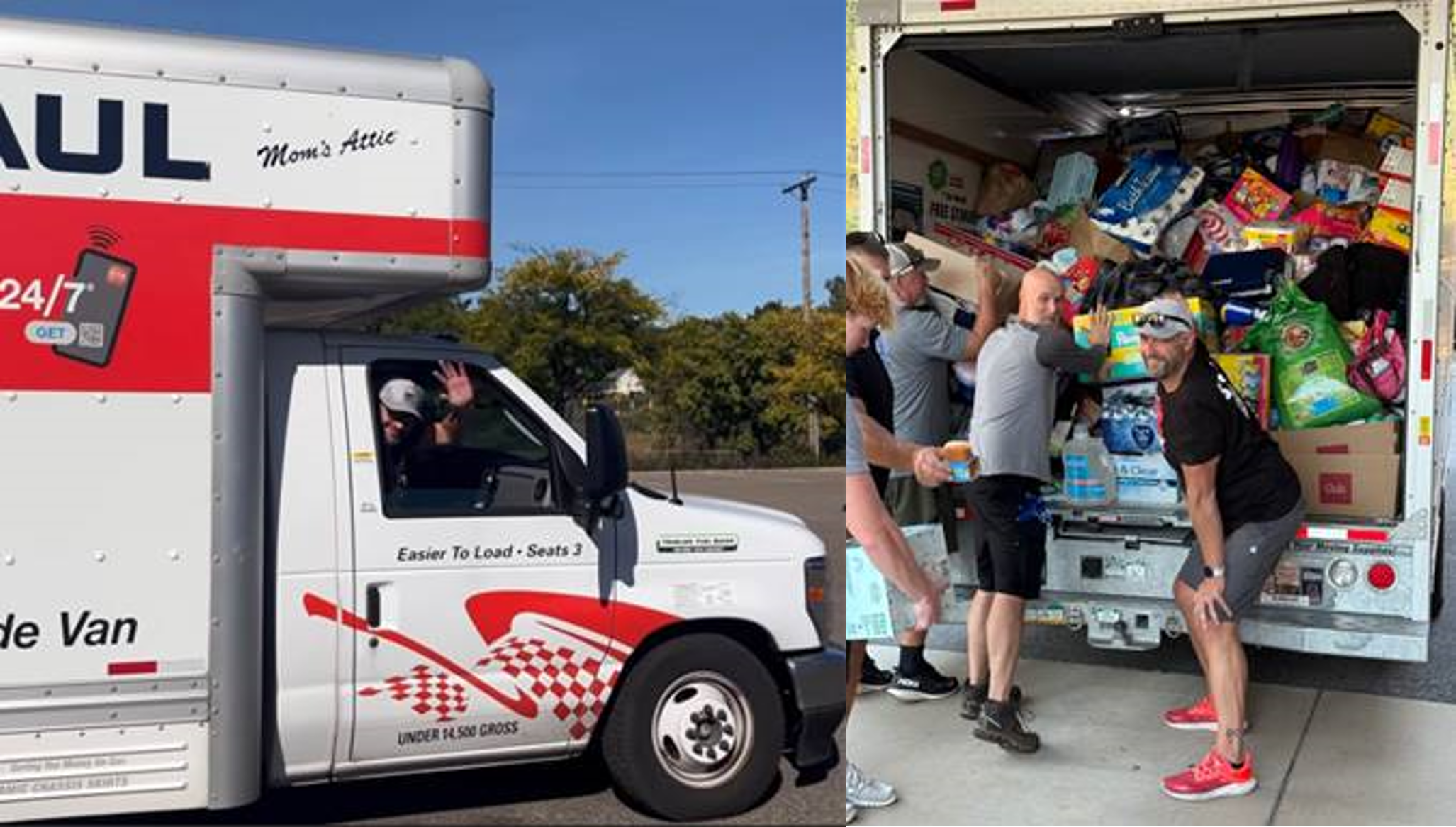
Hubbard joined many other broadcasters in spearheading relief efforts. Radio Online reported Cox Media Group stations in Florida, North Carolina, and Georgia joined forces to raise nearly $1 million to help those impacted by the storms. Other initiatives included delivering emergency meal kits, cleaning supplies, and other essentials.
Radio’s efforts both on the ground in affected areas, as well as those that took place in far away places received coverage and attention when too many are questioning whether the medium still matters. It clearly does.
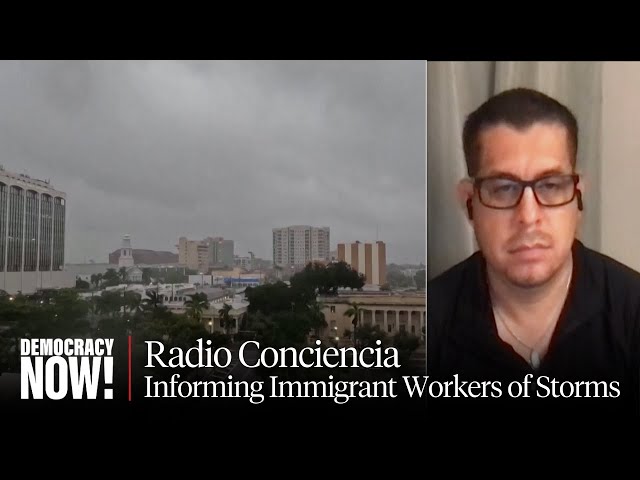
Community radio shines, too – You don’t need to be a major market station to capture the national spotlight. Mother Jones reported last week on a community radio station, Radio Conciencia, serving farmworkers in south Florida.
When Milton bore down on the Sunshine State, this station became an important conduit, especially for Spanish and Mayan-speaking migrant workers who would otherwise have no way of knowing about life-threatening weather events.
From providing emergency info on evacuation routes and local shelters, Radio Conciencia is the voice of this community. During non-emergency times, they play traditional music like Banda and provide PSAs about worker rights and safety for their community.
Battling “fake news” – Similar to the past few election cycles, misinformation is an unpleasant face of life.
But in heavily Latino-populated Arizona – yes, a “swing state” – there’s Radio Campesina, founded by labor leader César Chávez four decades ago.
During normal times, the station’s format heavily leans on music. According to NPR, the tunes are more mostly regional Mexican
norteñas, rancheras and románticas with the goal of encouraging their audience.
But La Campesina is also famous for Spanish-language news. And for 2024, the goal has been a simple, but important one:
Combat misinformation about elections among Arizona Latinos.
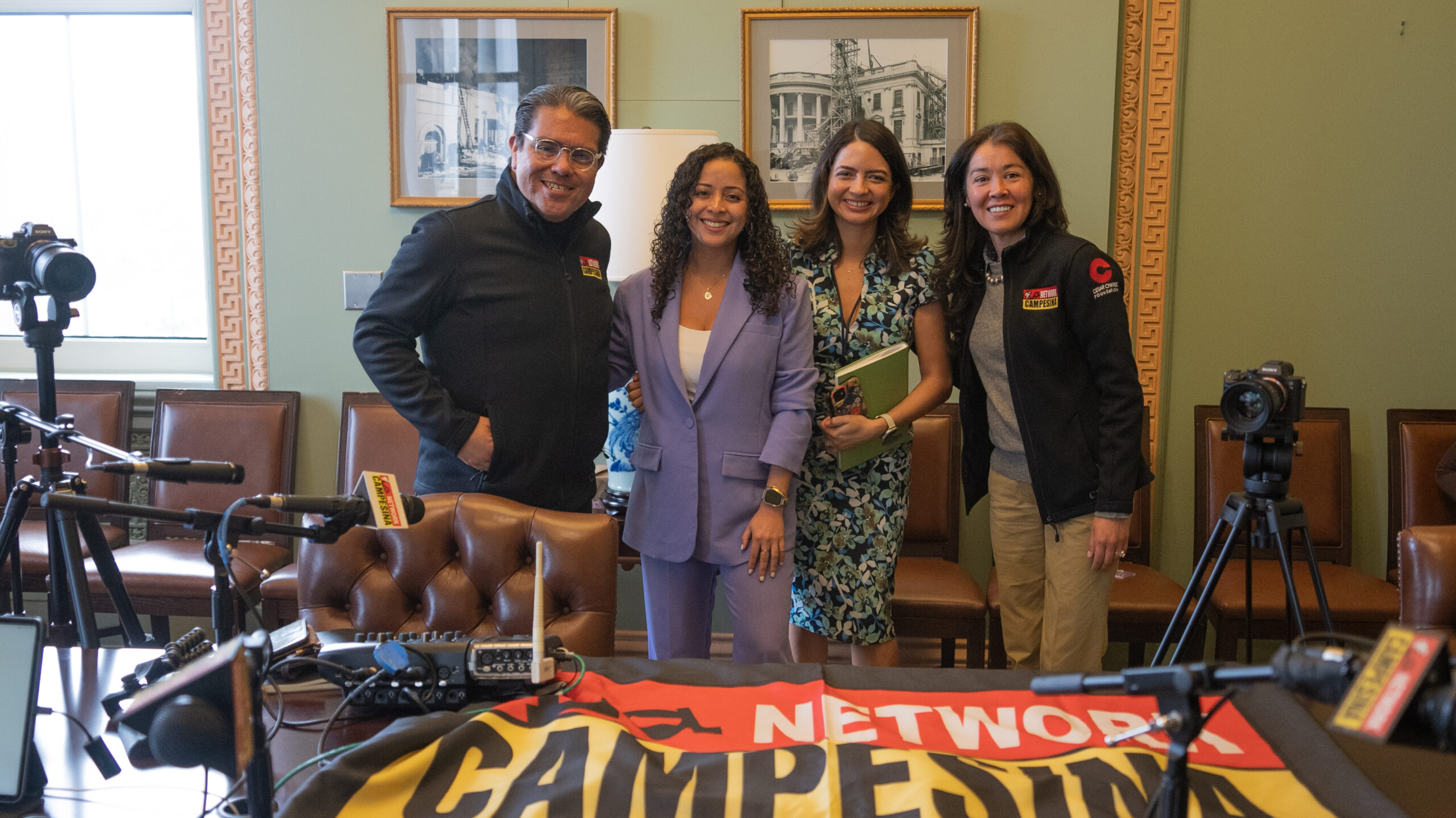
In this community, however, conspiracy theories abound so the station’s mission to present accurate and honest information is critical. On the air, online, and utilizing video, La Campesina provides info about how, when, and where to vote as well as other election resources.
As NPR explains, 30% of Maricopa County that includes the entire Phoenix metro is Latino or Hispanic. La Campesina has a monthly cume of more than 7 million listeners, and Nielsen data show radio is the go-to audio source for Latinos.
The station is proudly providing credible and important info to its constituency of listeners in this growing community.
Kamala and Charlamagne – The Vice President sat down with iHeart’s Charlamagne tha God in Detroit to talk politics and lots of other stuff in a well-publicized “October Surprise.”
As is often the case on these high-profile radio moments, the interview made news and effectively reached out to an important block of voters who, of course, happen to be radio listeners.
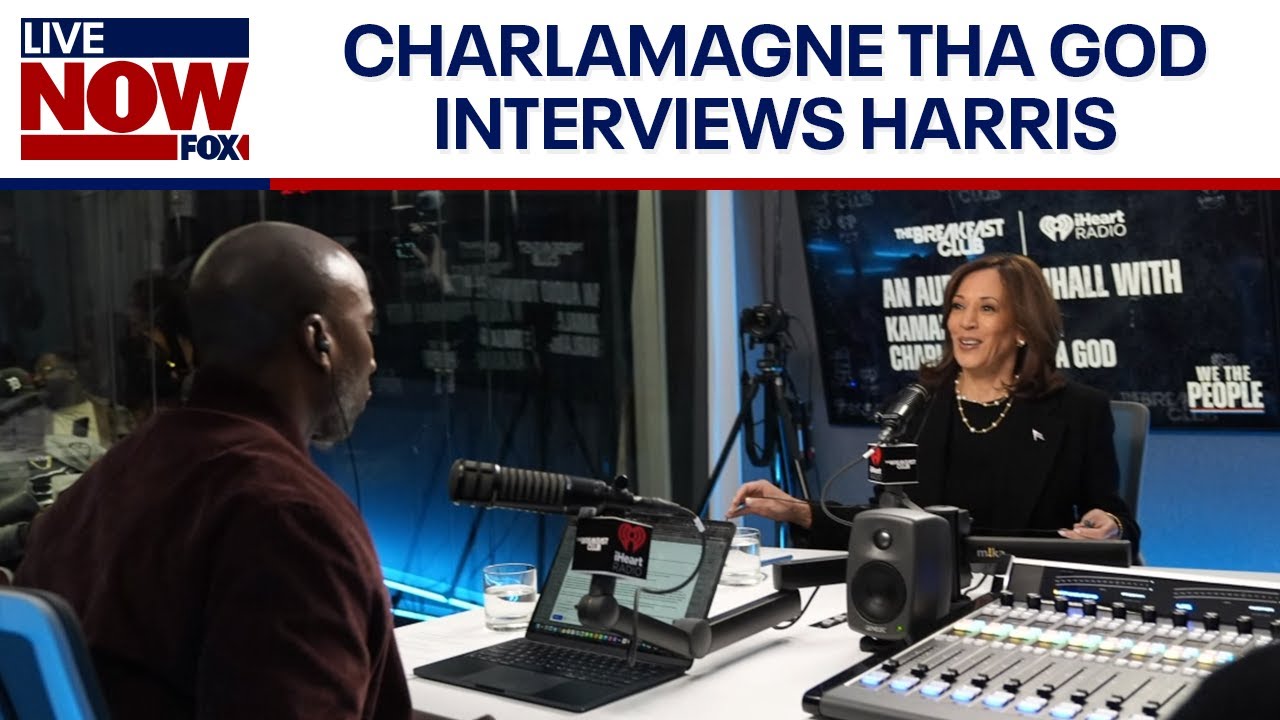
The interview is here.
As you’d expect, it was well-covered by the media, including this timely New York Times story, “Five Takeaways from Kamala Harris’s Interview With Charlamagne tha God.”
Trump and Beck – On the right side of the radio dial, it was an interview with former President Trump and iconic talk host Glenn Beck that also made news last week.
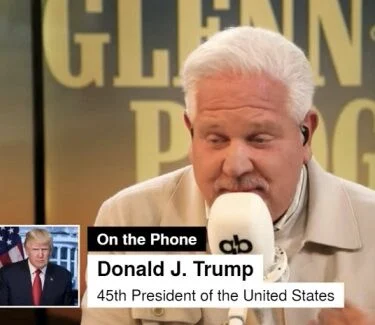
The candidates don’t agree on much, but both camps obviously believe in the value of radio to reach their constituents, not just in the swing states, but across the country.
During the interview, Trump hyped his blooming relationship with the richest man in the world, Elon Musk, whose role in the campaign is obviously on the rise. Inside Radio covered the story here.
The entire interview is here.
Kamala’s Radio ads – The Harris campaign has been especially aggressive in targeting smaller but influential groups of voters via the radio airwaves. Earlier in the month, msn.com reported on an Arizona Republic story about how the campaign is using broadcast to connect with voters via tribal radio stations in the state.
Additionally, the Harris team is chasing rural voters in states like Pennsylvania, hoping to impact her opponent’s advantage there. A story posted by the Pennsylvania Capital-Star outlined how the Harris strategy utilizes radio.
And Radio Ink noted last week how the Harris campaign is turning up the political ad jets, including increasing radio buys.
A recent Katz Radio Group study illustrated how Harris is making progress via her recent emphasis on radio, especially among independent voters.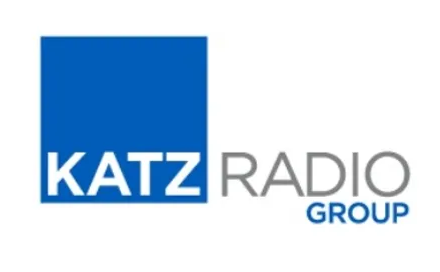
Their results of the research indicate the reception to her radio ads in battleground states has been positive. Overall, nearly two-thirds (63%) of voters in the study say the campaign has aided her familiarity, while a similar percentage (66%) say they’ve reinforced her qualifications for serving in the White House.
Jerry Jones’ glass chin – The owner of the rapidly-sinking Dallas Cowboys franchise took a big-time shot from a troika of radio hosts on 105.3 The Fan (KRLD-FM). The well-deserved mugging took place following the Cowboys tanking against the Detroit Lions on the Sunday night NFL game.
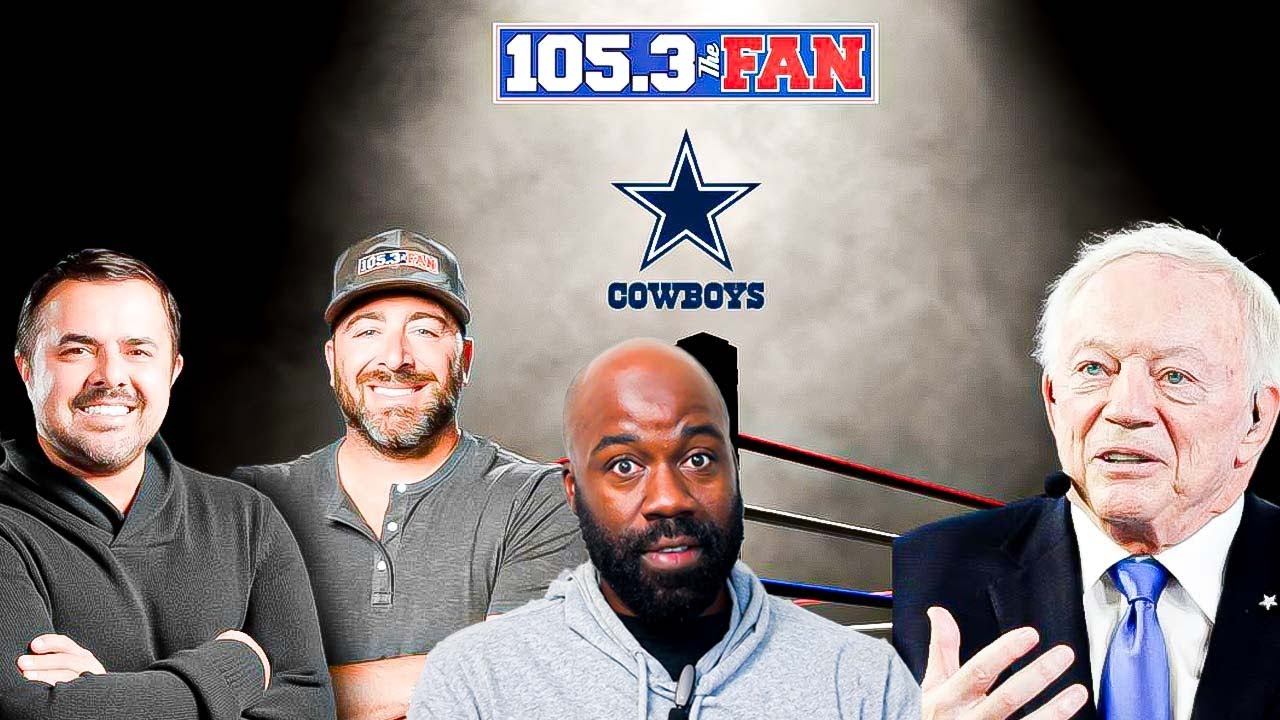
Jones named names – hosts Shan Shariff, R.J. Choppy, and Bobby Belt – questioned why they took him down after another mediocre Cowboys’ performance. As Jones whined “But they’re my folks,” threatening their jobs. The story was picked up by the New York Post, USA Today, ABC News, ESPN, and most others, reinforcing the impact a fearless sports radio station can have.
The Cowboys organization is worth billions in one of the biggest radio markets in the country. And yet, a sports radio station has looked its powerful franchise owner in the eye while speaking for millions of disgruntled fans in the Metroplex – and around the world.
The media world becomes vast and more powerful with each passing year. And yet radio – an often overlooked traditional medium – continues to have impact that shows it can still punch well above its weight.
Will there actually be a real “October Surprise” in the next 21 days? Your guess is as good as mine. But if it happens, you can bet broadcast radio will be all over it.
- What To Do If Your Radio Station Goes Through A Midlife Crisis - April 25, 2025
- A 2020 Lesson?It Could All Be Gone In A Flash - April 24, 2025
- How AI Can Give Radio Personalities More…PERSONALITY - April 23, 2025




Radio Wins as a Strong Honest Voice.